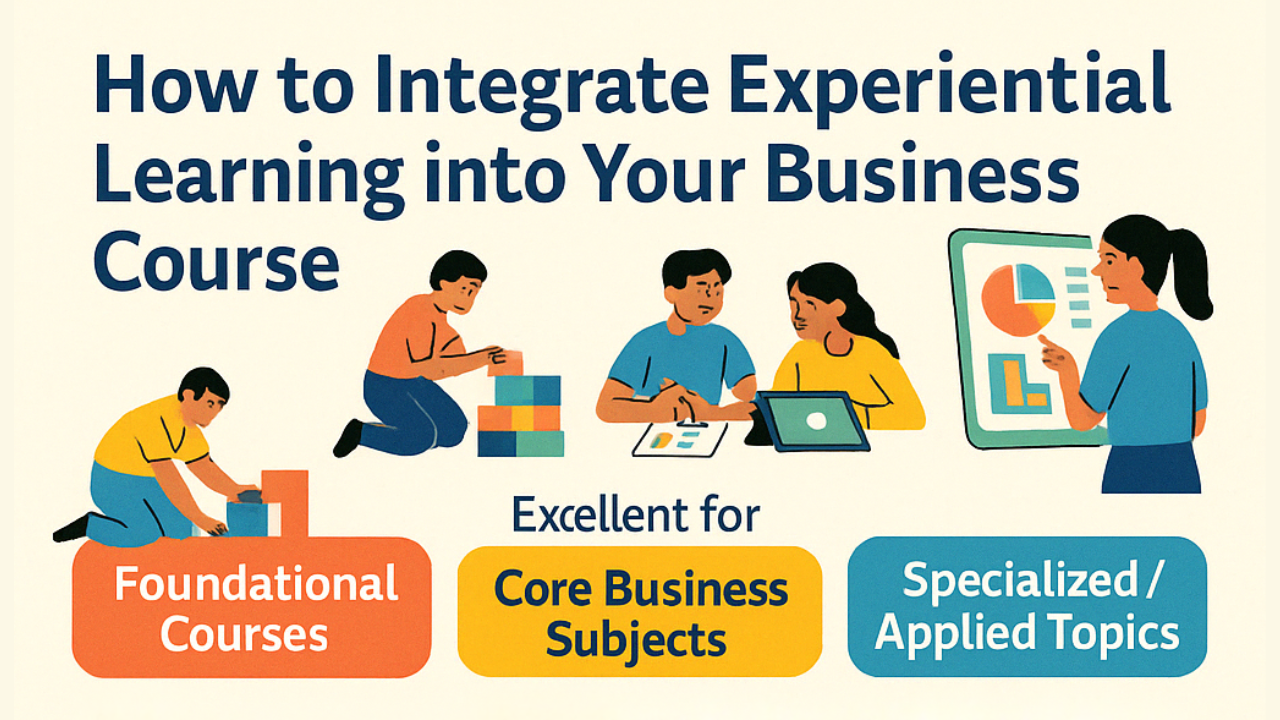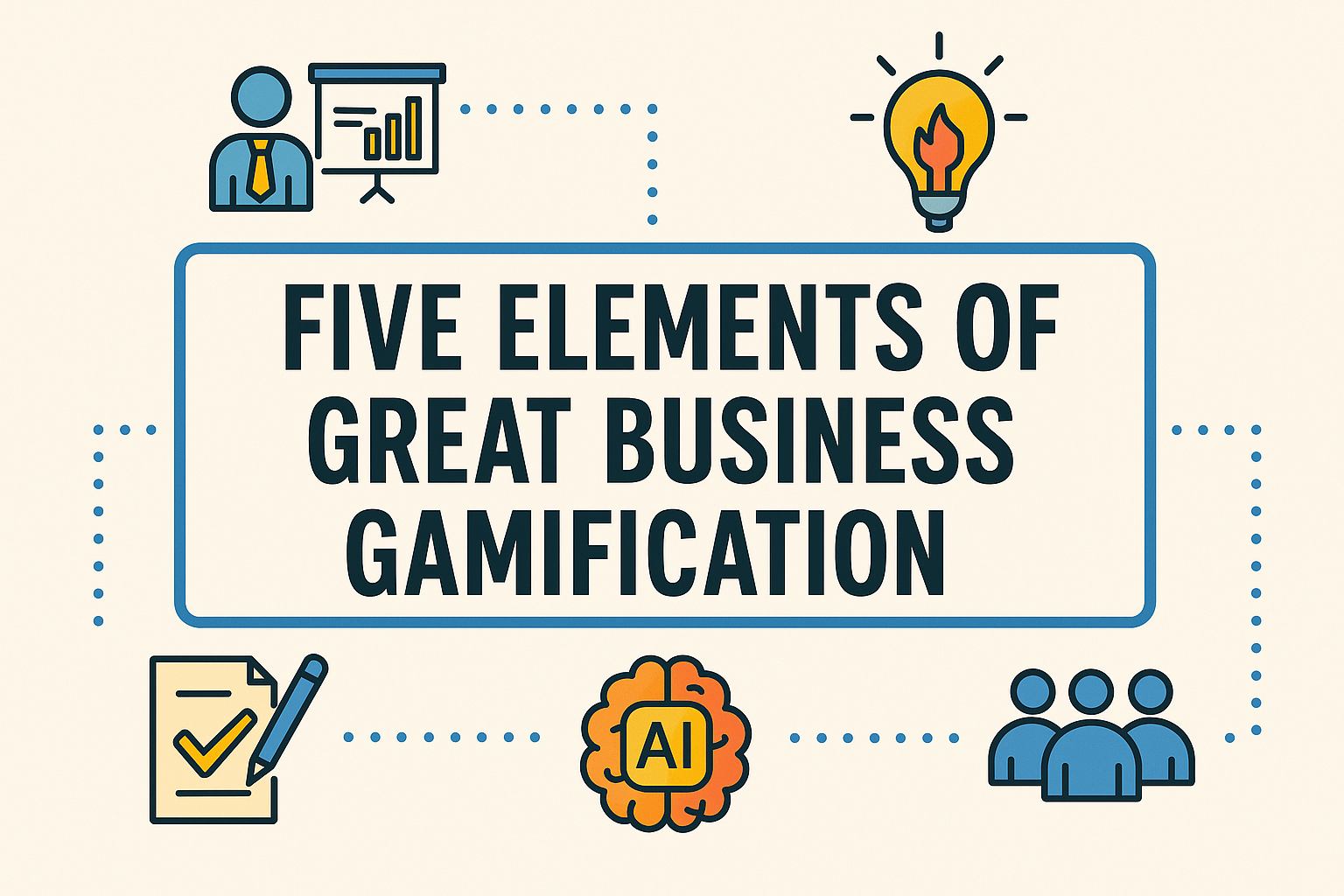Facilitator configurable parameters are
- Retail and B2B demand forecasting.
The Warehouse & Logistics module in MonsoonSIM focuses on managing warehouses, inventory, and the logistics of shipping goods. Here are the key aspects of the module:
Warehouse Rental:
- Warehouses have lower rental fees compared to retail stores. Warehouse is not for sale.
- Rental terms can be daily, 7-day contract with auto-renewal, or 30-day contract with auto-renewal.
- Rental fees may fluctuate, and learners are encouraged to secure longer contracts when rental rates are low.
- How much area to rent is up to the learners business decision based on cash flow, how much inventory to keep and the replenishment strategy.
- To make it easier for learner's to understand, location can only be used as a Warehouse or a Retail Store
- Move Stock menu allows you to set up stock movement from one location to another. Different transporter will have different delivery time and costs.
- There might be several reasons why you cannot close your warehouse:
- Because your contract is not ended yet. You may have chosen a 7-day or 30-day contract due to the discount. In this case, you need to wait for the contract to due before renewing the warehouse contract.
- Because you have a pending allocation. You may have an outstanding allocation, be it for B2B sales, ECM sales, or moving stock.
- Your warehouse is not empty at the time of closing, you need to empty it first before closing
Warehouse Functions:
- Warehouses serve multiple purposes, including storage for finished goods, raw materials, and production machines.
- They are also used to store stocks allocated for shipment or replenishment and perform maintenance on machines.
- The entire production process can take place within the warehouse.
- In the context of FMCG (Fast-Moving Consumer Goods), there are additional functionalities related to storage and loading zones.
- MonsoonSIM only supports average costing
- Players must manually allocate the inventory for shipment based on the shipment or move orders, there is NO auto allocate feature.
Automatic Replenishment:
- Players can automate stock replenishment by setting trigger points for specific inventory levels, prompting automatic move (shipment) orders. For instance, if store A's Apple juice stock falls below 5,000, 10,000 units are auto-shipped from warehouse B. This system maintains necessary inventory levels.
Shipment and Logistics:
- All shipments are assumed to be provided by third-party logistics companies.
- Goods are fully allocated before shipment commences.
- The delivery time depends on the distance between the source and destination.
- Fixed and variable costs are associated with the delivery, which are recorded as expenses in the accounting system.
Staff Index and Efficiency:
- The speed of product allocation for shipment depends on the Staff Index.
- Maintaining a high Staff Index (100%) is important to optimize warehouse operations and ensure efficient order fulfillment.
Business Intelligence Analysis:
- Players can analyze sales performance and gather other valuable insights through the Business Intelligence explorer.
- This information helps in making informed decisions regarding inventory management, logistics, and overall business strategy.
Shipping and Stock Movement Costs:
- The cost of shipping to B2B customers is determined by factors such as distance, shipper, and volume of goods.
- Similarly, the cost of stock movement is influenced by distance, shipper, and volume.
The Warehouse & Logistics module provides players with the tools to manage warehouses, optimize inventory, and handle the logistics of shipping goods. By effectively utilizing warehouse space, implementing automatic replenishment, and maintaining a high Staff Index, players can streamline their operations, meet customer demands, and control costs. Analyzing sales performance and monitoring shipping and stock movement costs further supports informed decision-making in the game.
Note: The complexity of this module is configurable by the facilitator. It is recommended to start with the default configuration and gradually increase the complexity as the facilitator sees fit. This allows for a customizable learning experience tailored to the participants' needs and skill levels.








